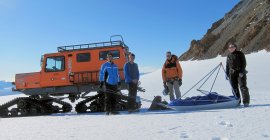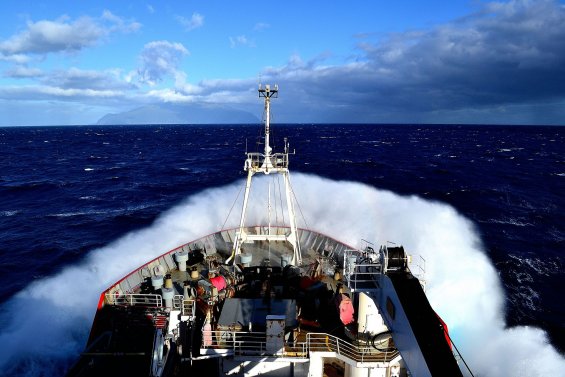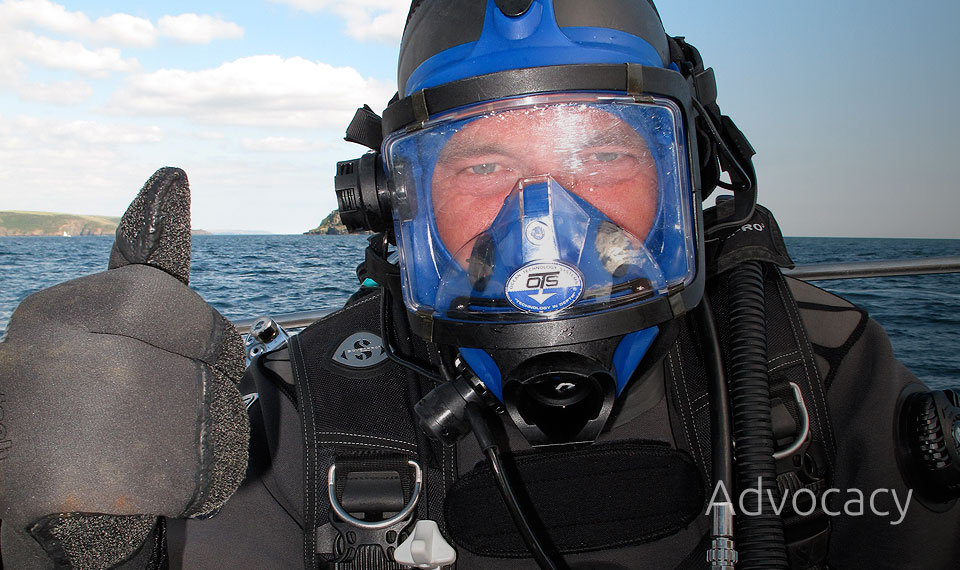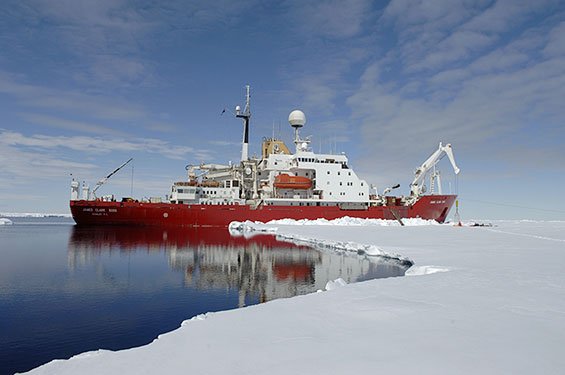The principal purpose of the ASCCC Project is to investigate and understand the role of polar and sub-polar seabeds in the carbon cycle, particularly in response to climate change.
Background
 The continental shelves along polar continental margins and archipelagos are wide, deep and rich in life. Most species known from polar waters live on the seabed (benthos) and recently it has been discovered that they play an important, and increasing, role in the carbon cycle.
The continental shelves along polar continental margins and archipelagos are wide, deep and rich in life. Most species known from polar waters live on the seabed (benthos) and recently it has been discovered that they play an important, and increasing, role in the carbon cycle.
Benthos commonly comprise echinoderms (sea stars, brittlestars, sea ucrhins), molluscs (clams & snails), corals, sponges, crustaceans, bryozoans (sea mosses) and many other animal types. They eat plankton (such as microscopic plants and animals). Carbon is transported through the system by being fixed in photosynthesis by the tiny algae, which are eaten by benthos, and then buried when the benthic animals die.
We call this ‘carbon immobilization’ (net annual carbon accumulation) and our main aim is to attempt to measure how much carbon is held per unit area of the seabed per year, and how this varies in time and space. To date we have focussed mainly on one group of animals (bryozoans) because they are common, easy to identify, sessile (they don’t move) and have annual growth lines in their skeletons (like tree rings) – making them easier to age.
Project methodology
The majority of our work has taken place on board the RRS James Clark Ross, an ice-strengthened vessel run by the British Antarctic Survey.
We use a variety of apparatus: 1) a multibeam swath to map the physical characteristics of the seabed; 2) a bespoke camera lander that photographs precise areas of the seabed in high resolution; 3) an Agassiz trawl that collects specimens of larger benthic species; 4) an Epibenthic sledge which collects smaller benthic species and; 5) a CTD which collects information on the physical and chemical characteristics of the water column above the seabed. Through a series of treatments (e.g. drying and ashing) of certain specimens, we can calculate the proportion of organic and inorganic carbon in each annual growth increment of each animal. Image analysis of photographs allows us to calculate densities, so that we can estimate the total and yearly carbon in life on the seabed for each sample site.
Project results
In 2015 we estimated the carbon stocks and annual increments around the West Antarctic seas. We found that this value has nearly doubled in the last 25 years, in response to sea ice losses. So although rising CO2 in the atmosphere has driven global warming, which has reduced Arctic and west Antarctic sea ice through warming air and/or sea temperatures, it has led to more carbon accumulation in animals on the seabed (thus less in the air) as a feedback working against climate change.

Our second paper in 2015 found that carbon immobilization is much higher at certain locations in the Southern Ocean, particularly the South Orkney Islands. This carbon sink hotspot was not due to animal density or longevity but caused by rapid growth fuelled by longer phytoplankton blooms (primary production). We compared remotely (satellite) sensed and directly sampled sources (Antarctic research station collections), and both datasets correlated to duration (rather than amount) of phytoplankton food availability. Climate forced sea-ice losses have allowed longer micro algal blooms and life on the sea floor is 'cashing in' on this longer banquet. Good news for us, as these are becoming significant carbon sinks and negative feedbacks to climate change.

